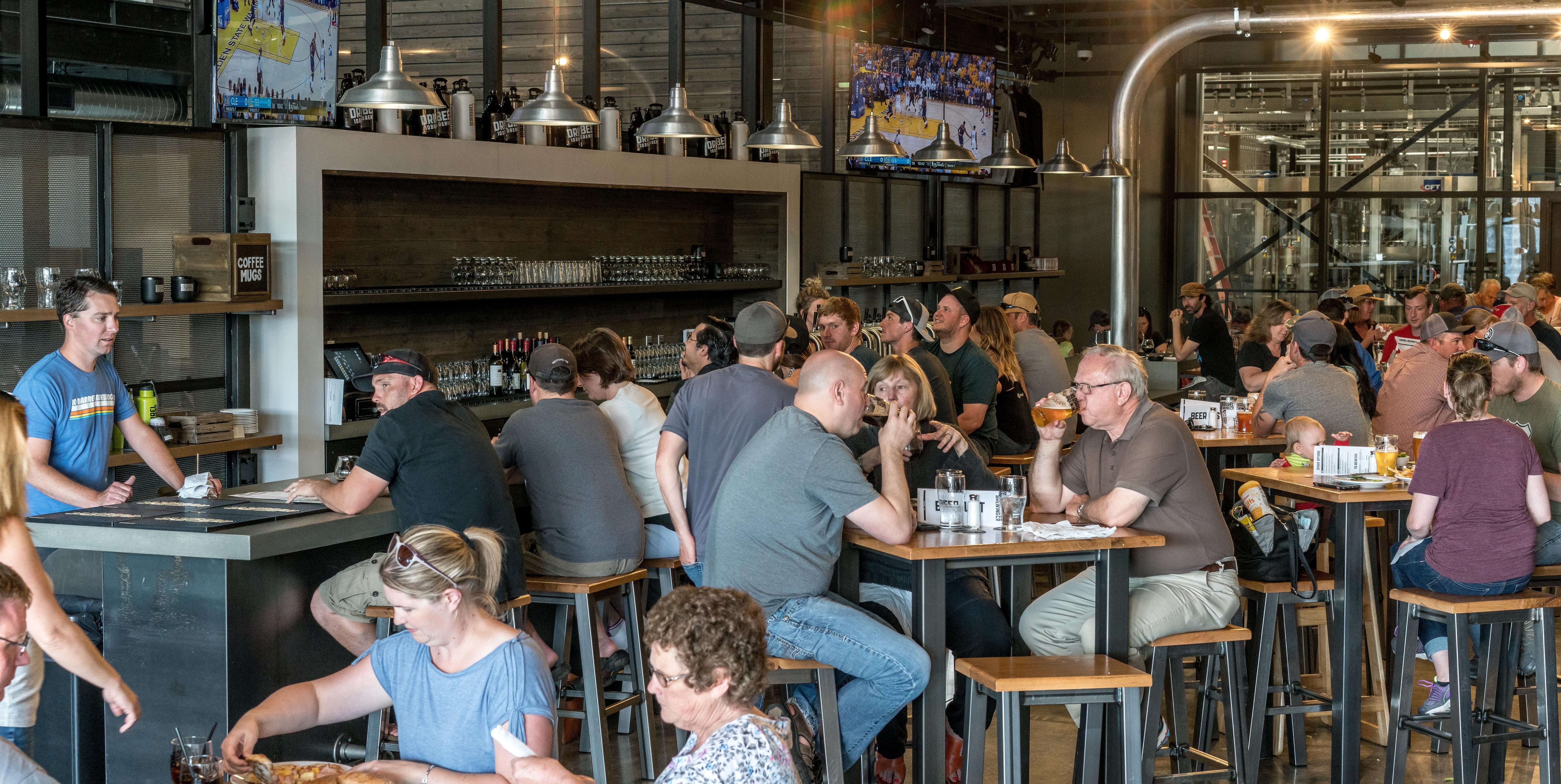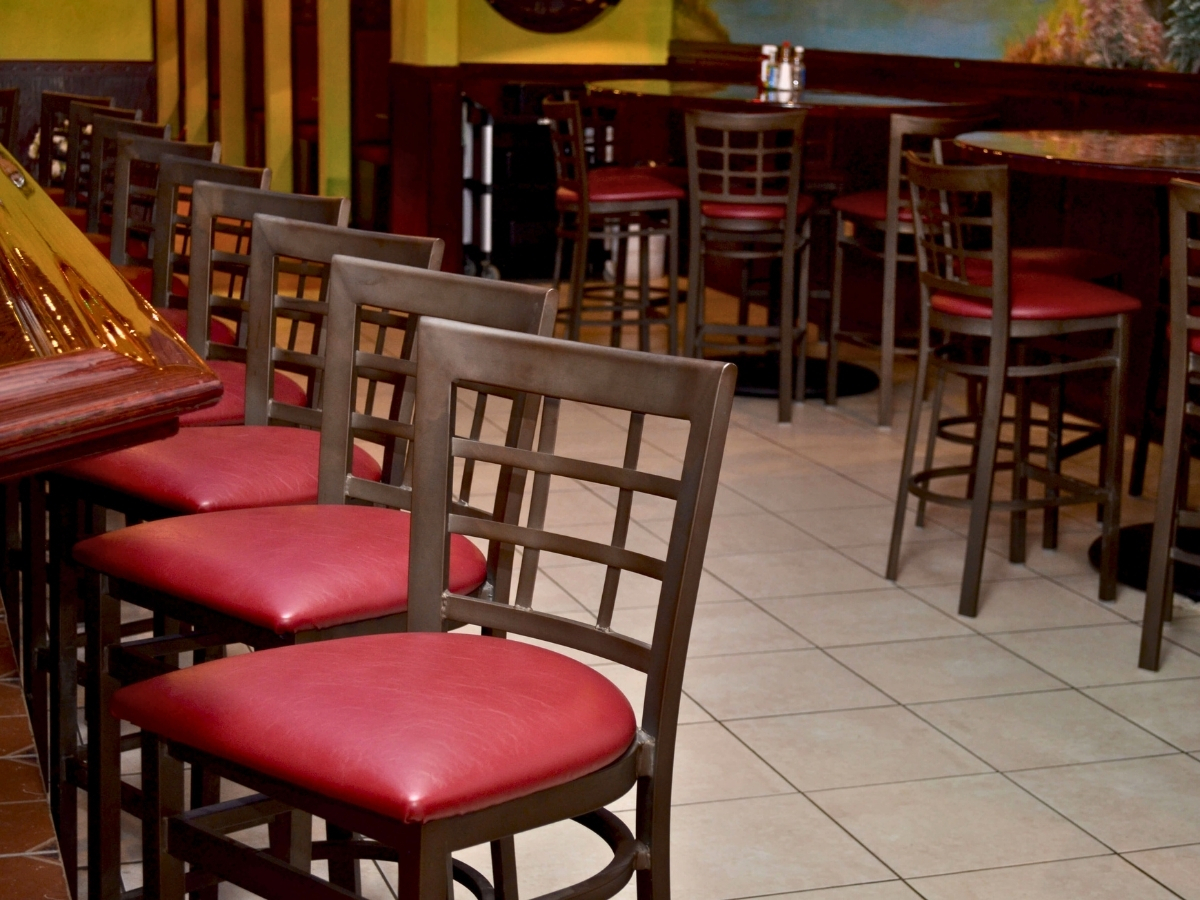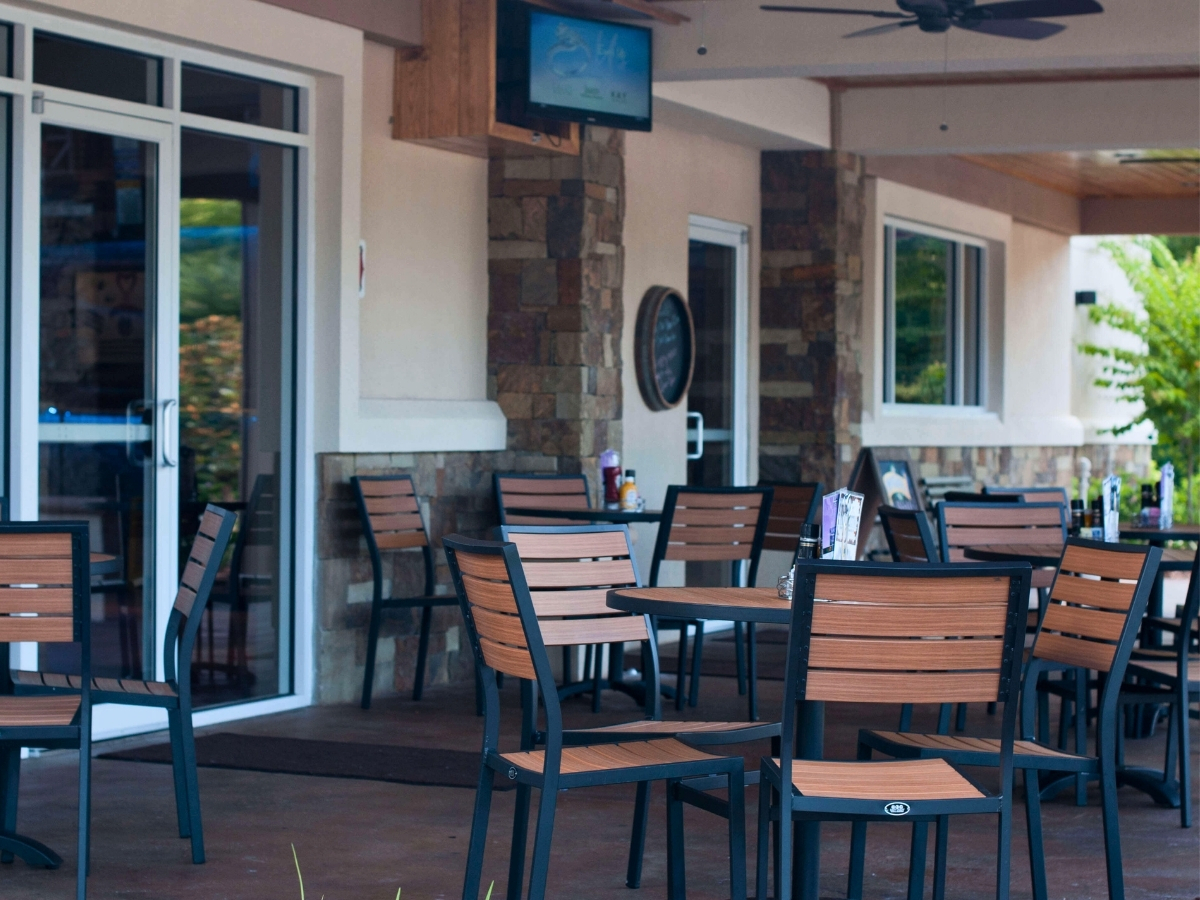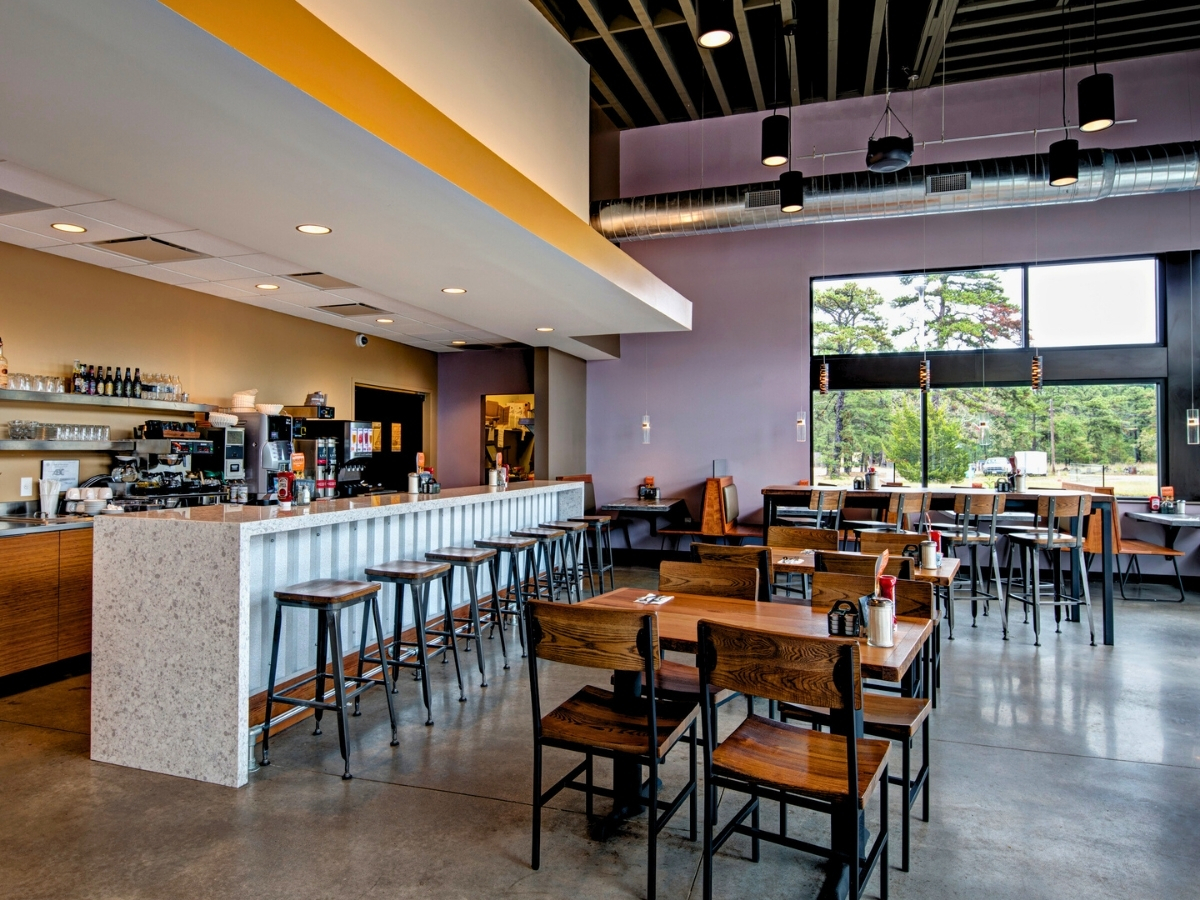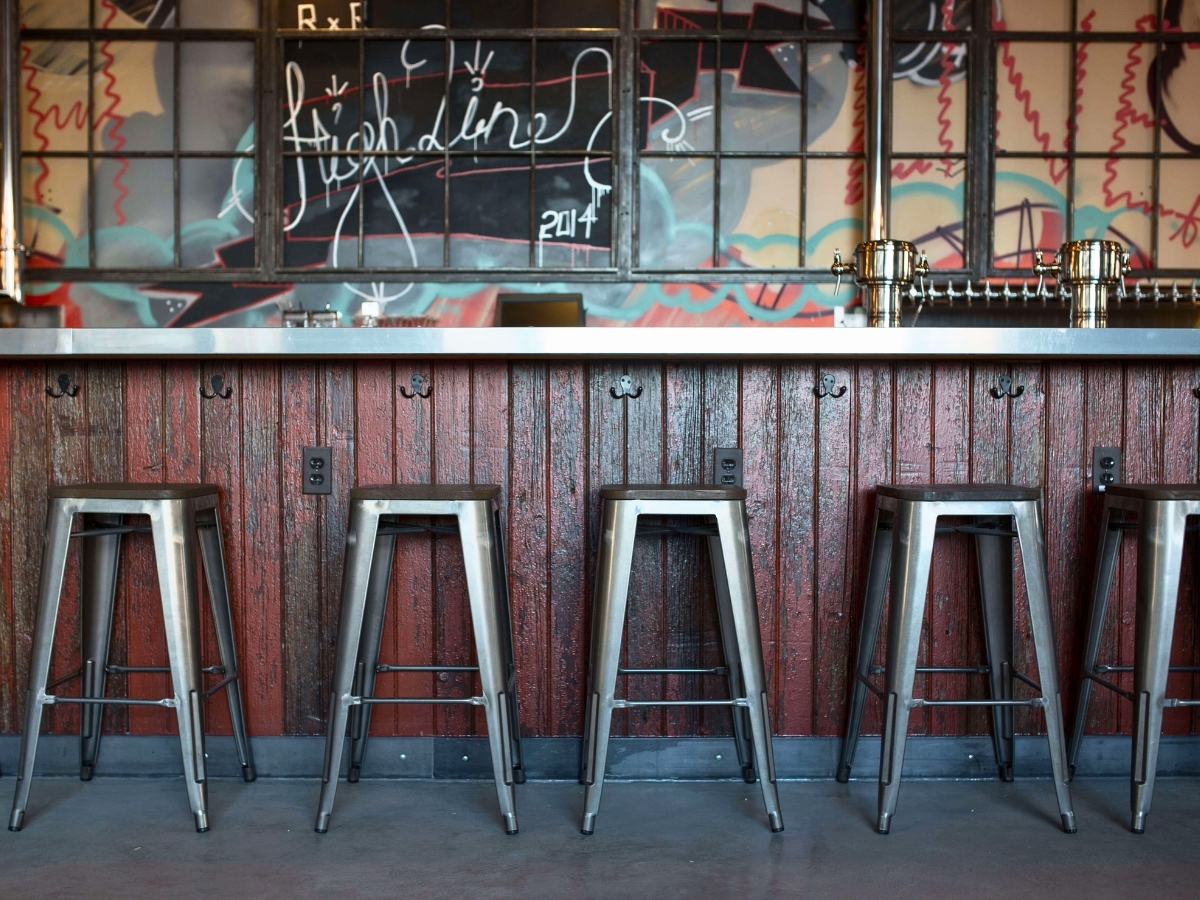It’s a typical Wednesday night at your restaurant, and everything is chugging along smoothly. Ticket times are good, there’s a small wait at the host stand, and that new busser is working out really well.
Then, a server comes to you and says, “The guy at 403 is really mad.”
Oh dear.
There is no company in the world that has happy customers 100% of the time. It’s impossible. But what separates the good from the great is how they deal with unhappy guests when problems arise.
Making it right isn’t just a good PR move — it makes sense financially too. Word-of-mouth is a big factor in your sales. 81% of consumers trust their friends’ and families’ recommendations over anything else.
Plus, it costs up to 25x more to get a new customer than to retain an existing one. So it’s important to know how to turn an unhappy customer into an advocate instead of an enemy. Here are some tips you can use to do just that!
Introduce Yourself by Name
When you first walk up to the table of an unhappy customer, all they know is that you represent the place that messed up.
So start off by humanizing yourself with a proper introduction.
“Hi, I’m Jim, the manager. I heard there was some trouble, and I wanted to see what I can do to help.”
When we know someone’s name, it makes them more of an individual and less of a cog in a machine. Instead of seeing you as a representative of the business, they’ll see you as a person who may be able to help.
It’s amazing how often managers forget this step!
It’s also a good idea to ask the customer’s name. As Dale Carnegie famously said, “A person’s name is to that person, the sweetest, most important sound in any language.”
But don’t overuse it. Maybe address them by name once during your initial conversation, and once more when they’re leaving. Overusing someone’s name can come across as insincere and patronizing — the opposite of what we’re trying to achieve!
Really Listen
When an upset customer tells you their story, don’t be thinking about how you’re going to respond. Just listen.
You may think the main issue is that their steak was cold. But the issue may actually be that they told their server about it, and she didn’t seem to care. One is a simple matter of reheating or firing a new steak, while the other is an issue of bad customer service. Those are two very different problems.
So let the customer tell their story, and really listen so you can get to the root of the issue.
Occasionally, it happens that the meal went wrong from the very beginning. The host was rude. Then the menu was dirty. Then the drinks took forever to come out. You can’t go back and fix all these things, but you can listen with sympathy.
Sometimes, people just need to vent. So let them get it all out before you start offering solutions.
See Things Through Their Eyes
Your POS system went down, and no one realized it for 15 minutes. Now you have missing tickets and a seriously angry mom whose hungry toddler is having a meltdown. Plus, now she’s going to be late picking up her older child from ballet practice.
Put yourself in her shoes, and try to empathize. She’s not upset because she has to wait. She’s upset because the delay is causing a chain reaction that is going to affect her whole day.
The POS system going down is obviously not your fault. But try explaining that to an 8-year-old who has been waiting by herself in ballet shoes after all the other parents have come and gone.
What would you want in that situation? Probably anything edible and portable that you could give the toddler, so he would calm down and they could get going. What you certainly wouldn’t want is to hear a bunch of excuses as to why the wait would be another 15 minutes.
Everyone is fighting their own battles, and we only see a little piece of it. So keep that in mind next time someone seems to be overreacting to a problem at your restaurant. A little empathy goes a long way!
Project Confidence
Throughout your interaction with the upset customer, you want them to feel like you have things under control. You are the person who can solve their problem and make everything right. So take control of the situation and assure them that they’re in good hands.
This means taking decisive, quick action. If something came out cold, you snap up that dish and get it to the kitchen lickety-split. If the server was rude, you go chat with them right away.
Take control! Instead of asking what they would like you to do to fix the problem, offer solutions. If something was too salty, tell them you’d be happy to have it re-made, or you can get them a different dish right away. Don’t put the onus on the customer to come up with a fix.
Get on Their Side
It can be tempting to see an angry customer as the enemy. Is an undercooked burger really something to fly off the handle about? This lady is being totally unreasonable!
That may be true, but it’s also the wrong attitude to take. Remember, we’re trying to see things through their eyes!
Once you understand the problem, get on their side. Help the customer to see you as their advocate. This undercooked burger affects them, but it also affects you. While you may not appreciate being shouted at, you should appreciate an opportunity to improve.
You don’t want to throw your kitchen or their server under the bus, but you can still create a little team of two. Try something like, “Thank you so much for bringing this to my attention! I’m going to go get a new burger started for you, and chat with the kitchen about keeping an eye on temperatures. I really appreciate you letting me know, so I can make sure this doesn’t happen again.”
Now you’re a dynamic duo. You have a mutual understanding about the unpleasantness of undercooked burgers, and together, you’re solving the problem.
Always Apologize
Sometimes we get so wrapped up in the goal of “making it right” that we miss a crucial step — apologizing.
It’s a simple acknowledgement that something went wrong and the company fell short. Even if it wasn’t really your fault, apologize anyway.
If Appropriate, Take Something Off the Bill
Some restaurant owners and managers discourage comping food. They may be afraid that customers will abuse the policy. Or they may worry that managers won’t be able to judge when a comp is appropriate.
But look at it this way — what’s worth more to you? The cost of that appetizer, or not getting reamed on Yelp?
Losing one star on Yelp or Google can result in a 5% reduction in revenue. So it may be worth the expense to take something off the bill if that’s the best way to make someone happy.
In general, you’ll have a good idea of when someone is genuinely unhappy, and when someone is just trying to score free stuff. If they eat the whole meal before complaining, raise a fuss but don’t allow you to bring out a replacement dish, or show you a hair on the plate (which looks suspiciously similar to the customer’s own hair), you’ll know their game.
But in a normal circumstance where the restaurant really did make a mistake, a simple comp can be enough to show a customer that you take their complaint seriously and want to make it right.
Follow Up
Once you’ve listened, taken quick action, and given them a discount if appropriate, circle around one more time.
Thank the customer again for giving you the chance to fix the problem. And if they seem happy, ask if they’d be willing to share their email address. A nice note from the owner the next day, again apologizing for the error and welcoming them back to the restaurant, will leave a great impression. That “above and beyond” attention is the kind of care that people remember.
Conclusion
Your customers are your greatest marketing tool. They tend to remember either really good or really bad experiences, and share them in person or on review sites. So it’s up to you to turn each mistake into an opportunity.
Make sure when your restaurant’s name comes up, the story isn’t about the error, but about how you went to extraordinary lengths to make it right. That’s the kind of service that will earn you a customer’s loyalty and friendship.

